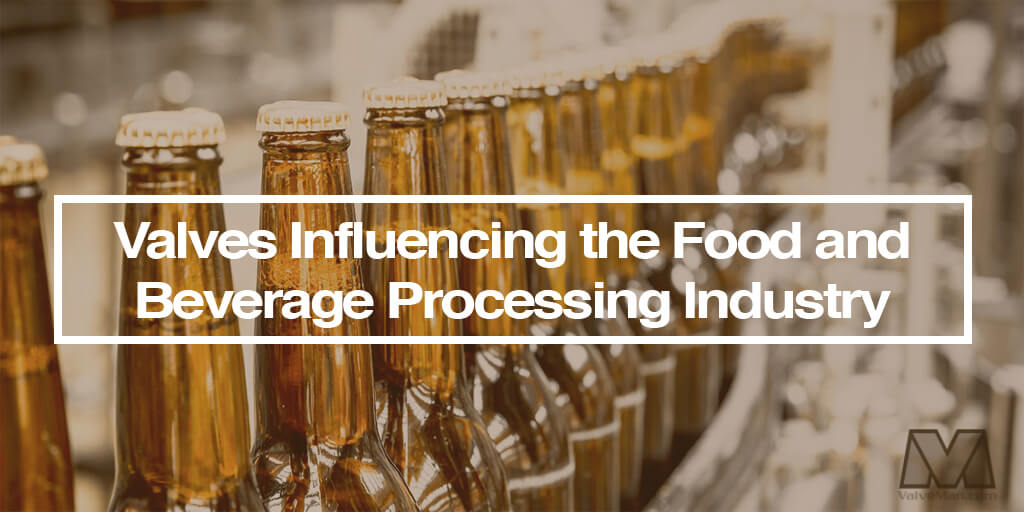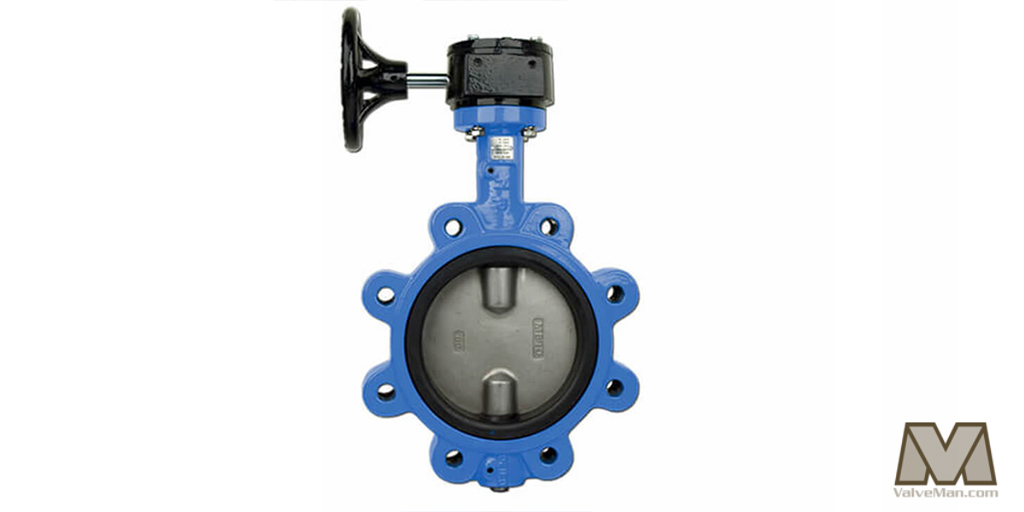Valves Influencing the Food and Beverage Processing Industry
Posted by Gilbert Welsford, Jr on May 1st 2017

The food and beverage processing industry spans a wide range of categories from milk and dairy to bread and baked goods. With such diversity in an infinite array of process media's, understanding just exactly what you needed to process this medias is of the utmost importance. Understanding the unique complexities of the food or beverage media you will be working with is key in finding the perfect valve for your processing needs. There are many factors to consider, including the media's temperature, pressure, viscosity and elements the valve will be exposed to. Achieving the best results and guaranteeing safe food and beverage processing necessitates utilizing the best products available on the market.
Direct Contact Valves vs. Utility Service Valves
Valves in the food and beverage processing industry are divided into two main classifications: direct contact valves and utility service valves. For direct contact valves, the name says it all - those valves that come in direct contact with food such as milk, soda, condiments, and meat. The material most often used for direct contact valves is stainless steel due to its corrosion resistant abilities. Harsh corrosive cleaning agents are used to ensure the sanitation of direct contact valves, and stainless steel is able to withstand such corrosive agents. Utility service valves do not come in direct contact with food; thus these valves are suitable for handling substances such as steam, water, and other non-food related resources.
Solenoid Valves for Food Processing
When it comes to food processing, one of the most commonly used valves on the market to use is a solenoid valve. Many solenoid valves are designed to withstand humid and corrosive environments and extreme room temperatures. Solenoid valves are typically constructed of stainless steel due to stainless steel’s contaminant resistant qualities. For these reasons, solenoid valves are a perfect match for food processing purposes. Stainless steel solenoid valves are generally used in the meat and abattoir industry, fish canneries, salting systems, ready meal industry, and fruit and vegetable canneries. Stainless steel solenoid valves are also used in salmon packing lines, fish fillet preparation systems, and pasteurization systems requiring high-pressure solenoid valves.

Sanitary Ball Valves for Beverage Processing
Sanitary valves are designed for use in applications requiring clean or sterile processing. In order for a valve to be considered sanitary it must NOT have crevices or cavities in order to keep bacteria from feeding and multiplying. The wetted surfaces (that contact the process media) must be polished and their radiuses must be of a minimum size to avoid any and all clinging or entrapment. Sanitary Ball valves provide tight shut-off and characteristic control.
- There are many types of sanitary valves like globe, diaphragm, pinch, knife or butterfly, just to name a few. For the sake of beverage processing we would prefer to go with Sanitary ball valves for they have high rangeability due to the design of the regulating element, without the complications of side loads typical of butterfly or globe valves. While plastic, brass, and other materials are acceptable for use in sanitary applications, stainless steel is preferred by most. Some of the most common sanitary valve applications are used in dairy processing, brewing, and wine and spirits making.
Where to Purchase
If you are considering where to purchase valves for your food and beverage processing needs, check out our wide selection of premiere solenoid and butterfly valves online at the ValveMan.com valve store. Our site carries the most respected valve brands within the valve industry at the most affordable prices.ValveMan.com serves as a convenient, quick, and trustworthy source for your valve solutions. Upon making your purchase, you will receive 30% off your order, as well as excellent customer care and fast shipping.

 888-825-8800
888-825-8800









